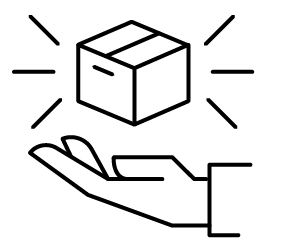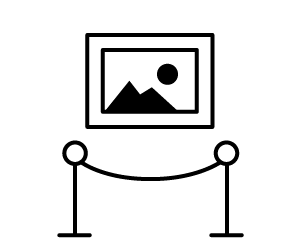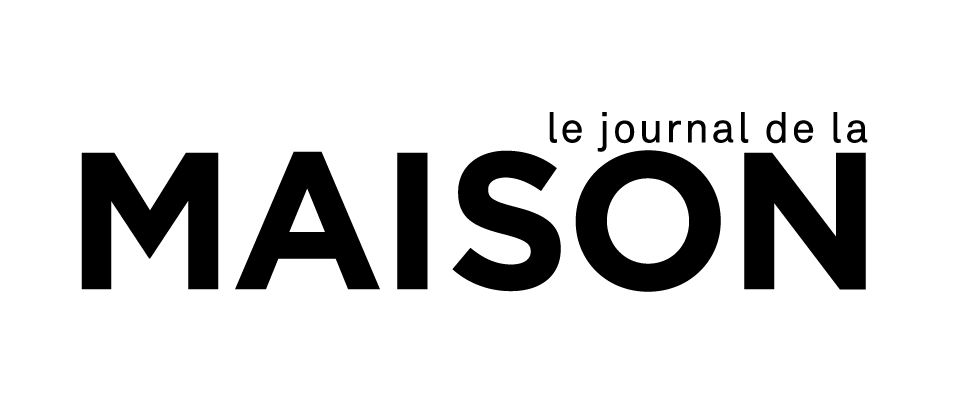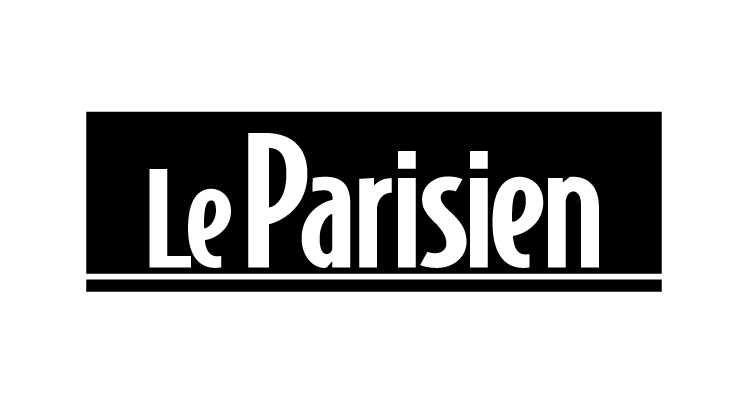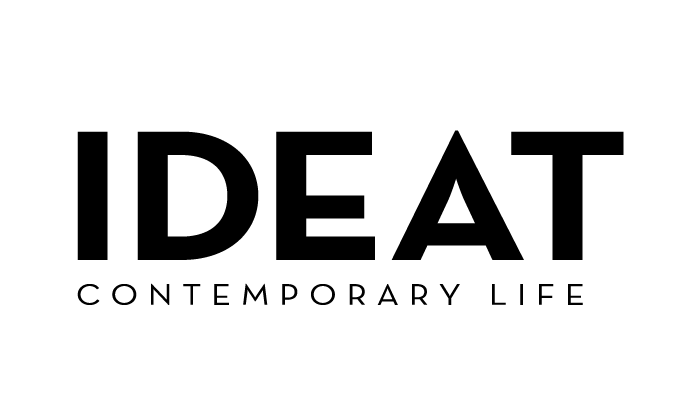Artwork of André Derain canvas prints & artprints
Painter, sculptor, illustrator and creator of sets and costumes, André Derain had an impact on twentieth-century French painting, and on the art world in general, by being the main instigator of the Fauvist artistic movement, but also by participating in the rise of Cubism and Neo-Classicism. His mastery of portraits, landscapes and still lifes made the French painter a world-renowned artist.
Discover the finest paintings by André Derain, a major artist in the history of art, with his "Charing Cross Bridge", a Fauvist painting representing a landscape from his travels in London, his oil on canvas "Montagnes de Collioure", one of his first landscapes heralding the advent of Fauvism, and his famous painting "La Surprise", an emblematic work from his neo-classical period.
Treat yourself to the finest reproductions of André Derain art available in the catalogue, and discover the biography of the precursor of Fauvism.
Biography of André Derain
André Derain's training: classic, but inspired.
André Derain was born into a well-to-do family in Chatou at the end of the 19th century, in 1880. After a classical education, he began painting at the Lycée Chaptal. Deciding to devote himself to painting, the young French painter joined the Camillo academy, where he trained under the Symbolist painter Eugène Carrière.
At the beginning of the 20th century, in 1901, Derain continued his apprenticeship in classical painting, drawing his artistic influences from the paintings in the Louvre, which he liked to copy. It was during this period that Derain's first works appeared, mainly landscapes and illustrations for novels, when he and his friend Maurice de Vlaminck, whom he had met a year earlier, shared a studio in Chatou. In the town, which was home to many of the great French painters who were contemporaries of the Impressionist and post-Impressionist movements, but also by continuing to visit the many museums and exhibitions in the capital, such as the first exhibition of the Salon d'Automne in Paris, Derain drank in and was inspired by the work of young artists, such as Matisse, whom he had met at the Louvre, and others who had already left their mark on painting, such as Vincent Van Gogh, Paul Cézanne and Paul Gauguin.
André Derain, precursor of Fauvism.
After completing his military service and perfecting his training at the famous Académie Julian, which had seen many French artists and young foreign painters pass through its doors, many of whom would go on to become the vanguard of many artistic movements, Derain joined his friend Matisse in Collioure in 1905. Together, the two figurative painters, although inspired by Neo-Impressionism, set themselves apart from the Impressionists by simplifying their brushstrokes and using bright colours, more abstract forms and flat areas of pure colour, paving the way for Expressionism. It was by ignoring the rules of classical painting that the Fauve movement was born. The painter's works were exhibited in the Fauve Room at the Salon d'Automne in 1905, alongside those of Braque, Matisse and Vlaminck. In London, he was also considered the leading light of Fauvism, and it was in the English capital that he painted his famous "Charing Cross Bridge" on several occasions. In 1907, Derain further developed his palette, taking an interest in primitive African art, which he had discovered in London, but also in decorative arts and sculpture, which he began to practise assiduously. It was also during this period that he left Chatou to join the artistic effervescence of Paris, and the Montmartre district, to work as a painter.
Cubism, classicism, illustrations... André Derain's painting was modern and constantly evolving.
Between 1908 and 1910, André Derain left Paris for the south of France and Catalonia, where, strongly influenced by the work of Picasso and Braque, he helped them to create the Cubist style. With cubism, abstract and figurative art blended, thanks to the use of geometric shapes to represent their subjects. At the same time, he continued to draw illustrations for books and collections, including those by his friend Guillaume Apollinaire. On his return to Paris, his painting style evolved once again, moving closer to academic painting, in a more realistic pictorial vein, while retaining a line close to his earlier artistic research. For Derain, this return to classicism, with a single line, was part of the purest post-Impressionist movement. With the outbreak of the First World War, Derain was mobilised to the front line, particularly at Verdun. Strongly affected by this troubled period, he painted little, and his work was scarce until the end of the war.
The inter-war period for André Derain: between theatre sets, classical painting and illustrations.
In the aftermath of the war, like many post-Impressionist artists, such as Picasso who created paintings in the Ingresque style, or Matisse and his paintings with Orientalist influences, Derain returned to realism and distanced himself from experimental avant-gardism, in a desire to reinterpret classicism in a modern and contemporary ideal, as with his painting "Harlequin and Pierrot", painted in 1924. Between the wars, the realist painter drew nudes and still lifes in a dark palette, in contrast to his Fauvist period. He also took advantage of this period to become a renowned portrait painter, painting portraits of the actress Catherine Hessling, the figurative painter Balthus, and Lucie Kahnweiler, wife of Daniel-Henry Kahnweiler, the German art collector and merchant who let Derain exhibit in his Kahnweiler gallery from 1920. A music lover, the French painter also returned to the decorative arts, and became a key ballet decorator during the 1920s, designing sets for a dozen ballets, operas and plays. He even lived his passion to the full in his Paris studio, where he often played music on the piano or organ. From the 1930s onwards, Derain concentrated particularly on illustration, although exhibitions of his paintings were held regularly, as in the Paul Guillaume gallery in 1931. From Oscar Wilde to Rabelais, via Petronius, he engraved numerous illustrations for reprints of famous collections. Acknowledged in all the major art centres, Derain benefited from a great deal of exposure, as at the 1937 Universal Exhibition, where he was given an entire room for his work, and in New York, Berne and on the other side of the Rhine, where several exhibitions were devoted to him.
André Derain and the Second World War: refusal to exhibit in Paris and controversy.
The Second World War broke out in 1939. Faced with the German advance, André Derain fled the Paris region to join Braque, before returning in 1941. Unwilling to become involved in the Vichy government's art policy, Derain refused all invitations to major exhibitions in Parisian art galleries, but continued to exhibit abroad, for example at the Matisse Gallery in New York. He also refused the post of director of the École des Beaux Arts, offered by senior officials of the Occupation. However, in 1941, now that the painter's name was known across the Rhine and his work was appreciated there, he was invited to spend a few days in Germany as an ambassador for French culture, in exchange for the release of prisoners and the return of his house in Chambourcy, in the Yvelines, which had been requisitioned by German forces since 1940. Berlin subsequently commissioned several works of art from him, but Derain did not respond. At the end of the war, this official visit to Nazi Germany caused a scandal, both in Parisian circles and in the rest of France. On trial, André Derain was nevertheless cleared by his peers of any collaboration with the German government, the French artist having publicly spoken out against the Nazi government's condemnation of the pioneering abstractionist Otto Freundlich, but the public court nevertheless sentenced him to a one-year ban on exhibiting his paintings.
The end of André Derain's life was marked by ballet decorations and illustrations.
Following his conviction, Derain cloistered himself away with his family in his house in Chambourcy, in the Yvelines. Refusing any exhibitions, he concentrated on designing theatre costumes, and resumed his work as a ballet decorator for Russian ballet and opera sets. He also continued to illustrate novels and other works, such as those by La Fontaine and Saint-Exupéry. However, he continued to receive friends, such as the painter Balthus and the sculptor Giocometti, as well as the woman of letters Edmonde Charles-Roux, with whom he developed an adulterous relationship, which had an impact on his relationship with Alice Derain. In 1950, he returned to creating sculptures, and surrounded himself with the sculptor Nicole Algan, with whom he was rumoured to have had a secret child. In 1954, as his health declined, André Derain was hit by a car, and despite almost 2 months of treatment, the famous French painter died on 8 September 1954.
The legacy of André Derain.
Having influenced the world of painting both during his lifetime and after his death, André Derain, with his leading role in the development of Fauvism, Cubism and Neo-Classicism, has become a key figure in French and international painting. He paved the way for many other artistic movements, from abstraction to figurative art and surrealism. That's why his work can be found all over the world, and particularly in France, in the permanent collections of the Musée d'Orsay, the Musée de l'Orangerie, the Centre Pompidou, and the Musée des Beaux Arts in Lyon, Rouen and Nancy. Abroad, too, Derain's famous paintings are on show in many places, including the Hermitage Museum in St Petersburg, the Museum of Modern Art in New York, the Museum of Modern Art in San Francisco, the National Gallery in Canberra, the National Museum in Cardiff and the Basel Art Museum, among many others. Proof of his cultural impact can even be found in popular culture, with a depiction of his oil painting "Les Deux Péniches" on a 1972 stamp, and "Le Phare de Collioure" on another stamp from 2002.
Learn more about the life and the works of André Derain.



























